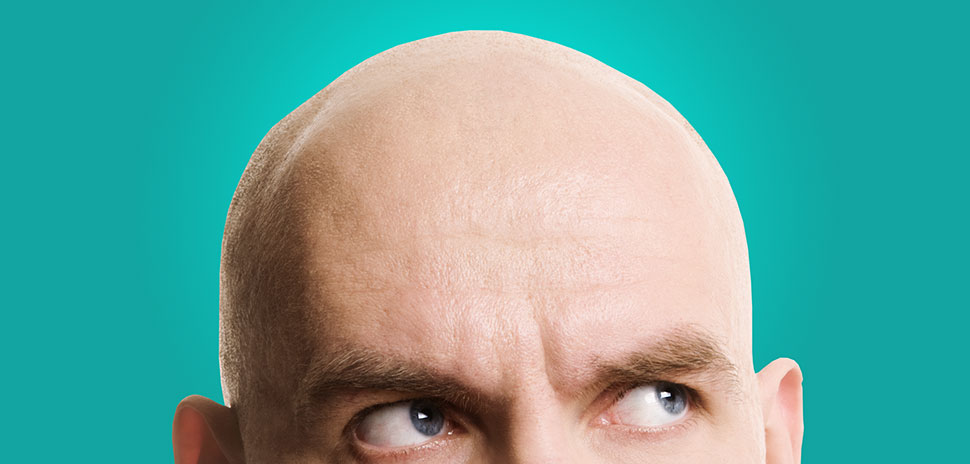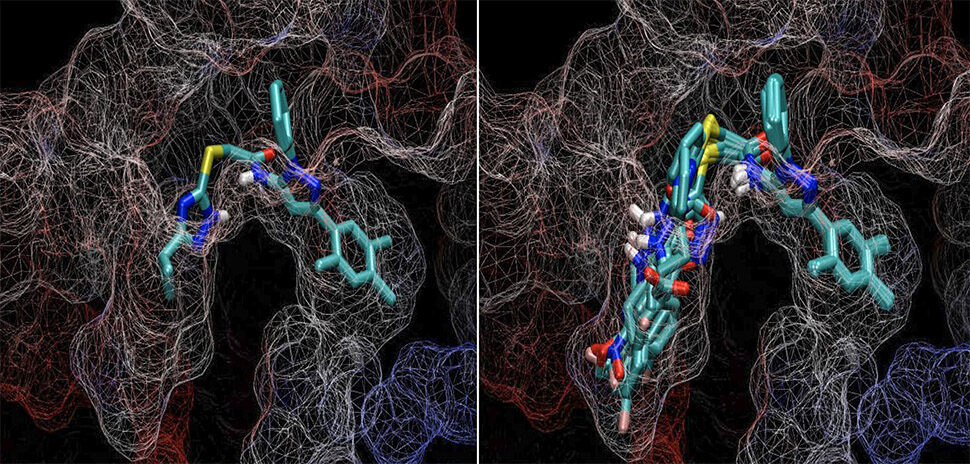Your hair may be going gray, or even balding, and you’re wondering why?

Dr. Lu Le
Researchers at UT Southwestern Medical Center have identified cells that not only give rise to hair, but also cause it to lose its color or to disappear altogether.
Dr. Lu Le, associate professor of dermatology with the Harold C. Simmons Comprehensive Cancer Center at UT Southwestern, said to credit serendipity with the discovery.
The team uncovered the explanation for graying and balding while studying a disorder call Neurofibromatosis Type 1, which is a rare genetic diseases that causes tumors to grow on nerves.
There’s plenty of work still ahead, though.
“With this knowledge, we hope in the future to create a topical compound or to safely deliver the necessary gene to hair follicles to correct this cosmetic problems,” Le said.
What the researchers found was that a protein called KROX20 turns on in skin cells that become the hair shaft. More commonly, it is associated with nerve development.
The hair progenitor cells then produce a protein called stem cell factor (SCF) that was shown to be an essential factor for hair pigmentation.
“With this knowledge, we hope in the future to create a topical compound or to safely deliver the necessary gene to hair follicles to correct this cosmetic problems.”
Dr. Lu Le
When the SCF gene was deleted in the hair progenitor cells in mice models, researchers discovered that the animals’ hair became white. And, when they deleted the KROX20-producing cells, no hair grew, making the mice bald.
Findings from the research were published online in Genes & Development.
According to UT Southwestern, scientists knew that stem cells contained in a bulge area of hair follicles are involved in making hair and that SCF is important for pigmented cells.
Le, a member of the Hamon Center for Regenerative Science and Medicine, said what scientists didn’t know in detail is what happens after the stem cells travel to the base of hair follicles, as well as which cells in the hair follicles produce SCF — or that cells involved in hair shaft creation make the KROX20 protein.
Photo of Dr. Le courtesy of UTSWMC.






































































